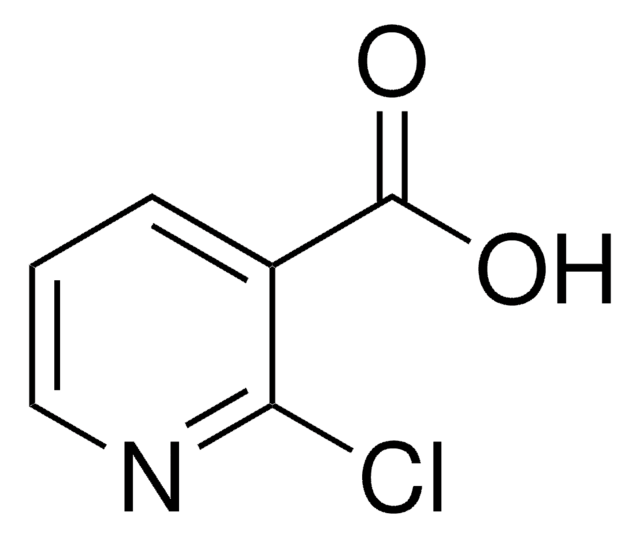L9037
L-Lysine monohydrate
98.5-101.5% dry basis, suitable for cell culture, BioReagent, non-animal source
Synonyme(s) :
L-Lysine hydrate (1:1), Lysine monohydrate
About This Item
Produits recommandés
product name
L-Lysine monohydrate, BioReagent, suitable for cell culture, from non-animal source
Source biologique
non-animal source
Gamme de produits
BioReagent
Pureté
98.5-101.5% dry basis
Forme
crystalline powder
Technique(s)
cell culture | mammalian: suitable
Impuretés
endotoxin, tested
Couleur
white
Pf
215 °C
Solubilité
H2O: soluble
Chaîne SMILES
[H]O[H].NCCCC[C@H](N)C(O)=O
InChI
1S/C6H14N2O2.H2O/c7-4-2-1-3-5(8)6(9)10;/h5H,1-4,7-8H2,(H,9,10);1H2/t5-;/m0./s1
Clé InChI
HZRUTVAFDWTKGD-JEDNCBNOSA-N
Vous recherchez des produits similaires ? Visite Guide de comparaison des produits
Catégories apparentées
Description générale
Application
- SILAC (stable isotope labeling by amino acids in cell culture) method
- the complete synthetic (C) medium for positive selection screening of yeast cells
- the growth medium for cells
Actions biochimiques/physiologiques
Code de la classe de stockage
11 - Combustible Solids
Classe de danger pour l'eau (WGK)
WGK 1
Point d'éclair (°F)
Not applicable
Point d'éclair (°C)
Not applicable
Équipement de protection individuelle
Eyeshields, Gloves, type N95 (US)
Certificats d'analyse (COA)
Recherchez un Certificats d'analyse (COA) en saisissant le numéro de lot du produit. Les numéros de lot figurent sur l'étiquette du produit après les mots "Lot" ou "Batch".
Déjà en possession de ce produit ?
Retrouvez la documentation relative aux produits que vous avez récemment achetés dans la Bibliothèque de documents.
Les clients ont également consulté
Notre équipe de scientifiques dispose d'une expérience dans tous les secteurs de la recherche, notamment en sciences de la vie, science des matériaux, synthèse chimique, chromatographie, analyse et dans de nombreux autres domaines..
Contacter notre Service technique








